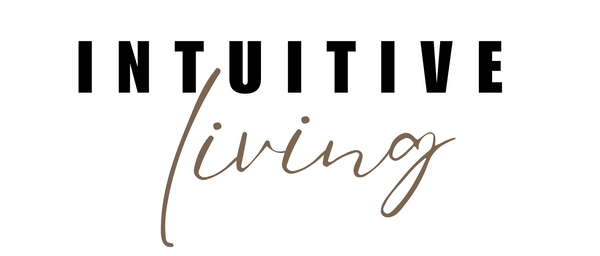
Mindfulness for intuitive living
Mindfulness allows us to observe how we feel without instantly reacting in habitual ways. It prolongs the space between stimulus and response, giving us time to reflect and choose consciously. Equipped with this awareness, we're empowered to break old patterns - not with force, but with humility. As such, mindfulness is the first step to sustainable behavior change - and there are several practices to choose from.
Mindfulness isn't a one-size-fits-all. Please contact a psychotherapist or trauma-informed practitioner in case your mindfulness practice makes you feel worse.
Breathing techniques
If you want to change your life, change your breath.
The breath anchors us to our bodies and the present moment. This explains why dissociation is associated with rapid, shallow breathing. Conversely, breathing slowly and deeply brings us back to Earth. Every now and again, pause and notice the quality of your breath. If it's rapid and shallow, make a small effort to breathe more slowly before continuing with other tasks. You can also engage in structured breathwork classes or other activities that indirectly encourage deep, steady breathing, such as a physical yoga practice.
Body scans
Nervous system regulation requires us to land in our bodies. A body scan helps to do exactly that. It involves slowly bringing our attention through the body, noticing sensations without judgment. You can do this lying down before bed as well as sitting in your chair at work.
If scanning your entire body feels like a chore, you can focus on a smaller part, such as your feet on the floor, buttock on your cushion or back against your chair. You can also engage your remaining senses by focusing on what you can see, hear, smell or taste.
Meditation
Meditation doesn't mean emptying our minds. Rather, it means noticing that we aren't it. By simply observing our thoughts - without identifying as them - the need to control our thoughts subsides. Like this, we can watch the internal circus without adding more to the story. And as we stop stirring the glass, the sand can sink to the bottom, making the water clear.
But let's not romantisize meditation. We'll likely experience discomfort followed by compulsive urges to cope - yet that's where the opportunity of meditation lies: By watching the movie without getting caught in the plot; observing the thoughts without acting on them, we reclaim our agency to choose freely. On the other side of that discomfort lies the freedom we seek.
Everyday life
The purpose of a structured mindfulness practice is to bring more awareness into every aspect of life. Indeed, being mindful doesn't end with our guided meditations in the mornings - it's a way of being, not merely an activity. So don't turn mindfulness into another chore to check off on your to-do list. Rather, see if you can cultivate the quality of awareness all day long, whenever you remember. If this sounds strenuous, keep in mind that it can be as unspectacular as simply noticing your feet on the floor as you read this.
Finally, there's nothing to achieve in our mindfulness practice - no latter to climb and no praise to receive. The only purpose is to be here, exactly as we are.

